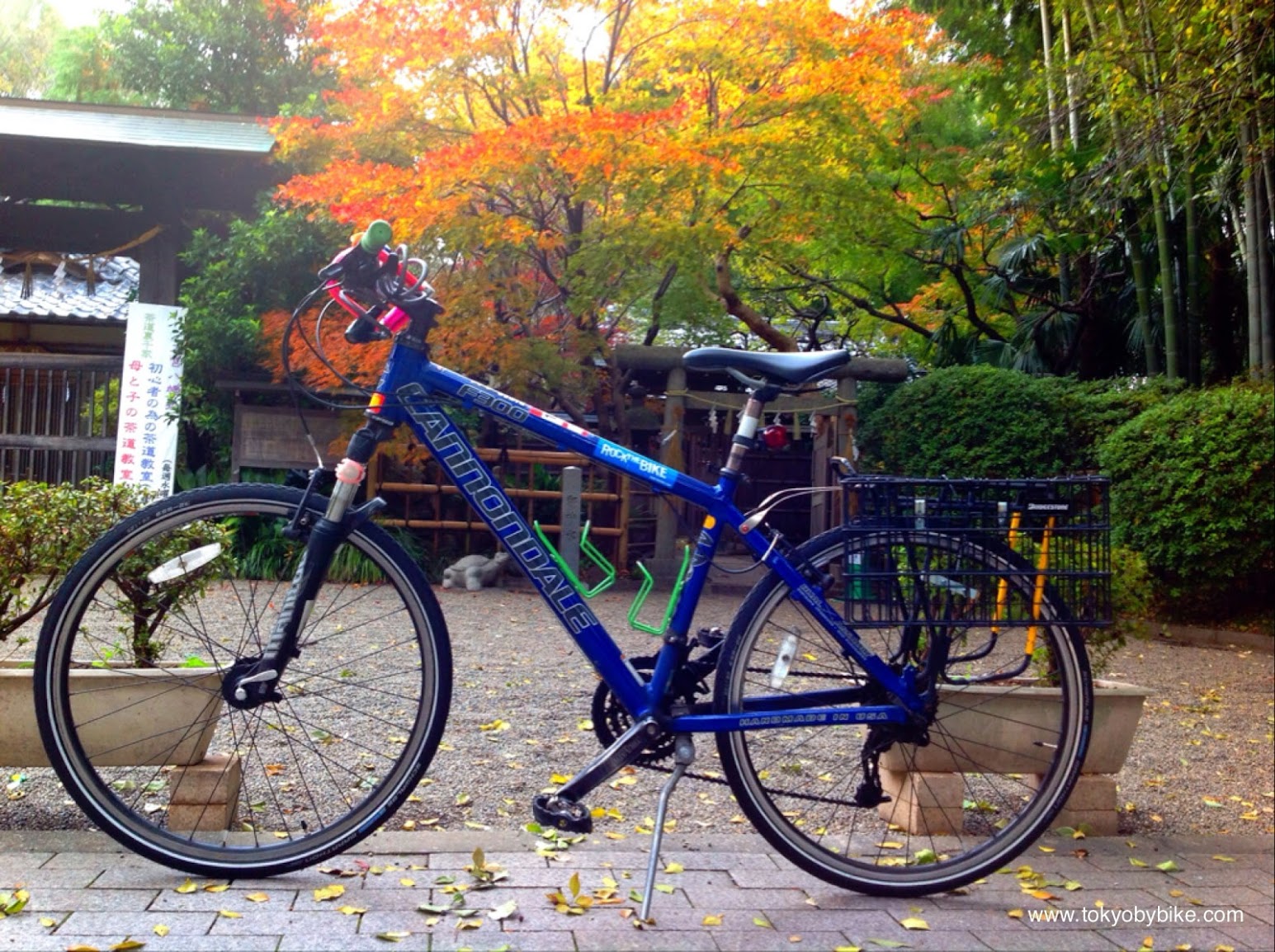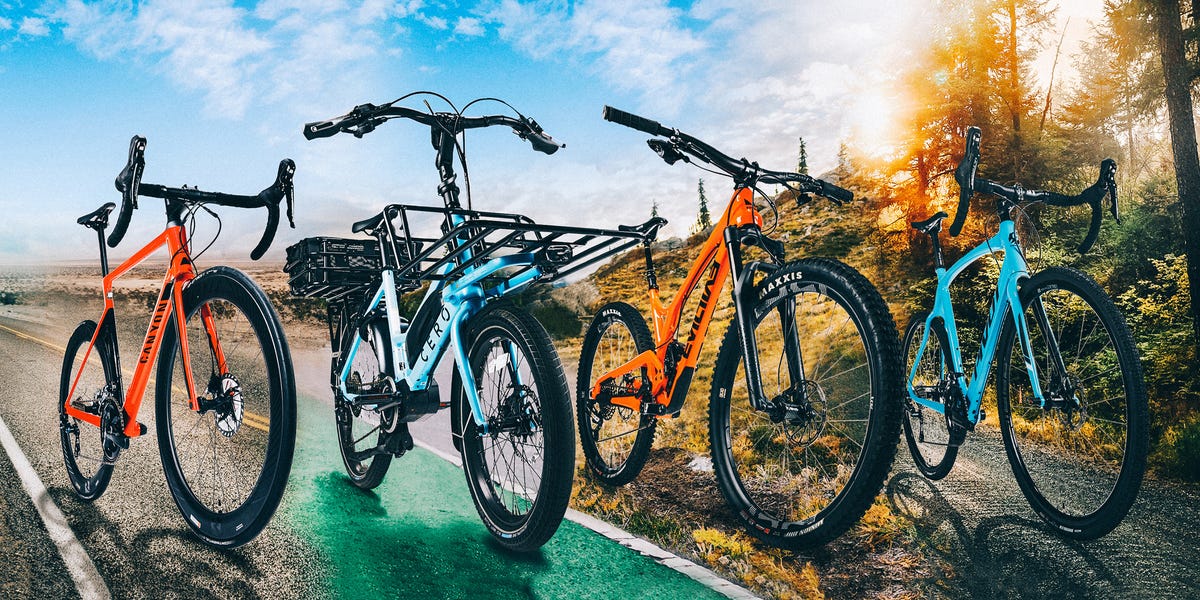Why Choose a Mountain Bike for Commuting?
Mountain bikes are an excellent choice for daily commuting due to their inherent durability, versatility, and comfort. Their robust construction ensures that they can withstand the rigors of daily use, while their versatile design enables them to navigate various terrains and weather conditions effortlessly. Commuting on a mountain bike offers numerous advantages over other forms of transportation. For instance, it provides a healthy and invigorating start and end to your workday, allowing you to incorporate exercise into your daily routine. Additionally, commuting by bike is an environmentally friendly option that reduces your carbon footprint and contributes to cleaner air.
Mountain bikes excel in adverse weather conditions, such as rain or snow, thanks to their wide, knobby tires and sturdy frames. These features provide excellent traction and stability, ensuring a safe and comfortable commute, even in inclement weather. Furthermore, mountain bikes are well-suited for navigating urban environments, with their ability to handle curbs, potholes, and other obstacles with ease.
In summary, a mountain bike for commute is a practical and enjoyable choice for daily commuting. Its durability, versatility, and comfort make it an ideal option for those seeking an active, environmentally friendly, and reliable mode of transportation.
Key Features to Consider When Selecting a Mountain Bike for Commuting
When choosing a mountain bike for your daily commute, several essential features contribute to a comfortable and efficient ride. These features include gear range, tire type, suspension, and frame material. First, consider the gear range of the mountain bike. A wide gear range allows for easier pedaling on inclines and maintains a consistent cadence during your commute. This is particularly important for commuters who encounter hilly terrain or must navigate various elevation changes throughout their journey.
Next, evaluate the tire type of the mountain bike. For commuting purposes, consider tires with a moderate tread pattern, as they provide adequate traction on pavement while still maintaining versatility for off-road use. Additionally, look for puncture-resistant tires to minimize the risk of flats during your commute.
Suspension is another critical feature to consider when selecting a mountain bike for commuting. While full-suspension mountain bikes offer a smooth ride, they may not be the most practical choice for commuters due to their added weight and complexity. Instead, opt for a hardtail mountain bike, which features suspension only in the front fork. This configuration provides sufficient shock absorption for most commuting scenarios while maintaining a lighter overall weight.
Lastly, consider the frame material of the mountain bike. While high-end mountain bikes often feature lightweight and durable materials such as carbon fiber or titanium, these options may not be the most budget-friendly for commuters. Instead, look for a frame made from aluminum or steel, which offer a balance between affordability, durability, and weight.
In summary, when selecting a mountain bike for commute, focus on features such as gear range, tire type, suspension, and frame material to ensure a comfortable and efficient ride. By carefully considering these elements, you can find a mountain bike that meets your commuting needs and provides long-term value and enjoyment.
Top Mountain Bike Models for Commuting
When searching for the perfect mountain bike for your daily commute, consider popular models known for their versatility, durability, and performance. Three such models include the Trek Marlin, Giant Talon, and Cannondale Trail. The Trek Marlin is an excellent choice for commuters seeking a reliable and adaptable mountain bike. Its lightweight aluminum frame, combined with a Suntour suspension fork, ensures a comfortable and efficient ride on various terrains. The Marlin features a wide gear range, making it well-suited for hilly commutes, and its Shimano hydraulic disc brakes provide reliable stopping power in all weather conditions.
The Giant Talon is another popular option for commuters, offering a balance between performance and affordability. Its ALUXX aluminum frame is both lightweight and robust, while the 100mm suspension fork smooths out rough roads and trails. The Talon features a Shimano drivetrain, providing a wide gear range for tackling inclines and maintaining a consistent cadence. Additionally, its Tektro hydraulic disc brakes ensure safe and responsive stopping power.
Lastly, the Cannondale Trail is a versatile and stylish choice for commuters. Its SmartForm C3 aluminum frame is both strong and lightweight, while the RockShox Judy Silver fork provides 100mm of suspension travel for a comfortable ride. The Trail features a Shimano Deore drivetrain, offering a wide gear range and smooth shifting. Furthermore, its Shimano MT200 hydraulic disc brakes provide consistent and reliable stopping power in various weather conditions.
In summary, the Trek Marlin, Giant Talon, and Cannondale Trail are popular mountain bike models suitable for commuting. Each model offers unique features and benefits, ensuring a comfortable and efficient ride for your daily commute.
How to Customize Your Mountain Bike for Commuting
Customizing your mountain bike for commuting can significantly enhance its functionality and safety for daily use. By adding a few accessories, you can transform your mountain bike into the perfect commuter companion. First, consider installing fenders on your mountain bike to protect yourself and your bike from dirt, water, and debris. Fenders help keep your clothes clean and prevent mud splatters, ensuring a more comfortable and enjoyable commute. Look for fenders specifically designed for mountain bikes, as they typically offer better clearance and compatibility with wider tires.
Next, invest in a rack to carry your belongings, such as a change of clothes, laptop, or lunch. Racks come in various styles and designs, from rear-mounted to pannier-style racks. Choose a rack that is compatible with your mountain bike’s frame and suspension system, and ensure it can support the weight of your cargo.
Adding lights to your mountain bike is crucial for safety, especially if you commute in low-light conditions or at night. Consider both a headlight and taillight to ensure visibility from all angles. Look for lights that are rechargeable, water-resistant, and easy to mount on your bike.
Lastly, consider adding a comfortable saddle and ergonomic grips to enhance your riding experience. A well-padded saddle and ergonomic grips can help reduce hand and seat discomfort during longer commutes.
In summary, customizing your mountain bike for commuting can significantly improve its functionality and safety. By installing fenders, racks, lights, and ergonomic components, you can create a more comfortable and practical commuter bike tailored to your needs.
Maintaining Your Mountain Bike for a Smooth Commute
Regular maintenance is crucial for ensuring a reliable and efficient commute with your mountain bike. By performing routine checks and tasks, you can extend the lifespan of your bike and minimize potential issues. Here is a checklist of essential maintenance tasks for your mountain bike for commute:
- Cleaning the Bike: Regularly clean your mountain bike to remove dirt, mud, and debris. Use a mild detergent and warm water, and avoid high-pressure washers, which can damage delicate components. Dry your bike thoroughly after cleaning to prevent rust and corrosion.
- Checking Tire Pressure: Ensure your tires are inflated to the recommended pressure, typically indicated on the tire’s sidewall. Properly inflated tires provide better traction, reduce rolling resistance, and minimize the risk of punctures.
- Lubricating the Chain: Regularly lubricate your chain to ensure smooth and quiet operation. Use a bike-specific lubricant and follow the manufacturer’s instructions for application. Wipe off excess lubricant to prevent attracting dirt and grime.
- Inspecting Brakes: Regularly inspect your brakes for wear and tear. Check the brake pads for adequate thickness and alignment, and ensure the brake levers have the correct amount of travel. Adjust or replace components as necessary to maintain optimal braking performance.
- Tightening Loose Bolts: Periodically check all bolts and fasteners on your mountain bike for tightness. This includes stem bolts, pedals, and wheel skewers. A loose bolt can lead to component failure or unsafe riding conditions.
By incorporating these maintenance tasks into your routine, you can ensure a smooth and enjoyable commute with your mountain bike. Regular maintenance not only extends the lifespan of your bike but also helps prevent unexpected breakdowns and costly repairs.
Comparing Mountain Bikes to Other Commuter Bike Types
When selecting a bike for your daily commute, it’s essential to compare mountain bikes with other commuter bike types, such as road bikes and hybrid bikes. Each type offers unique advantages and disadvantages, depending on your commuting needs and preferences.
Mountain Bikes vs. Road Bikes
Road bikes are designed for speed and efficiency on paved surfaces. They typically feature lightweight frames, narrow tires, and drop handlebars. While road bikes can be an excellent choice for long-distance commuting on smooth roads, they may not be as versatile or comfortable as mountain bikes for various terrains and weather conditions.
Mountain bikes, on the other hand, offer superior versatility and comfort for commuting. Their robust frames, wide tires, and upright handlebars provide better control and stability on rough roads, gravel paths, and in inclement weather. Additionally, mountain bikes can accommodate fenders, racks, and lights, making them a practical choice for daily commuting.
Mountain Bikes vs. Hybrid Bikes
Hybrid bikes combine elements of road and mountain bikes, offering a comfortable riding position and versatile performance. They typically feature flat or upright handlebars, lightweight frames, and narrower tires than mountain bikes. Hybrid bikes can be an excellent choice for commuters who value a balance between speed and comfort.
However, mountain bikes still have unique advantages over hybrid bikes for commuting. Mountain bikes offer better traction and control on rough surfaces and in adverse weather conditions, thanks to their wide, knobby tires and robust suspension systems. Additionally, mountain bikes can handle heavier loads and accessories, making them a more practical option for daily commuting.
In summary, mountain bikes for commute offer several advantages over road and hybrid bikes. Their versatility, durability, and comfort make them an excellent choice for commuters who value a reliable and enjoyable riding experience, regardless of terrain or weather conditions.
Maximizing the Benefits of Commuting with a Mountain Bike
Commuting with a mountain bike offers numerous benefits beyond transportation. By incorporating a mountain bike into your daily routine, you can enjoy a more active, engaging, and eco-friendly commuting experience.
Exercise and Fitness
Using a mountain bike for your daily commute provides an excellent opportunity to incorporate regular exercise into your routine. Cycling is a low-impact, full-body workout that can help improve cardiovascular health, build strength, and increase endurance. By commuting with a mountain bike, you can stay active, burn calories, and reduce your reliance on motorized transportation, all while getting to and from work or school.
Stress Reduction
Cycling is a proven stress-reducer, helping to alleviate anxiety, depression, and fatigue. By incorporating a mountain bike commute into your daily routine, you can enjoy the mental health benefits of exercise and the calming effects of spending time outdoors. The rhythmic motion of cycling, combined with the sights, sounds, and smells of nature, can help clear your mind, boost your mood, and increase your overall sense of well-being.
Environmental Impact
Commuting with a mountain bike is an eco-friendly alternative to driving or taking public transportation. By choosing a human-powered mode of transportation, you can reduce your carbon footprint, decrease air pollution, and conserve natural resources. Additionally, by encouraging others to consider biking as a commuting option, you can help promote sustainable transportation practices and contribute to a healthier, cleaner environment.
Tips for Maximizing Your Commuting Experience
To make the most of your mountain bike commute, consider the following tips:
- Plan your route: Choose a route that is safe, scenic, and suitable for your skill level. Consider using bike lanes, multi-use paths, or quiet residential streets whenever possible.
- Invest in the right gear: Equip your mountain bike with fenders, racks, and lights to enhance functionality and safety. Wear comfortable, breathable clothing and invest in a good-quality helmet, gloves, and shoes.
- Follow traffic rules: Obey traffic laws, signals, and signs, and always ride with the flow of traffic. Use hand signals to indicate turns and stops, and be predictable and visible to other road users.
- Stay hydrated and fueled: Carry water and snacks to maintain energy levels during your commute. Consider using a hydration pack or water bottle cage to stay hydrated on the go.
- Practice bike maintenance: Regularly inspect and maintain your mountain bike to ensure optimal performance and safety. Check tire pressure, brakes, and drivetrain components, and clean and lubricate your bike as needed.
In conclusion, commuting with a mountain bike offers numerous benefits, including exercise, stress reduction, and environmental impact. By incorporating a mountain bike into your daily routine and following best practices for commuting, you can enjoy a more active, engaging, and eco-friendly commuting experience.
Navigating Common Challenges of Commuting with a Mountain Bike
Commuting with a mountain bike offers numerous benefits, but it also comes with its own set of challenges. By understanding and addressing these challenges, you can ensure a pleasant and safe commuting experience.
Longer Travel Time
Mountain bikes are generally heavier and slower than road bikes, which can result in longer travel times for commuters. To mitigate this challenge, consider the following strategies:
- Plan your route: Choose the most direct and efficient route possible, avoiding hills and congested areas when possible.
- Improve your fitness: Incorporate regular exercise and strength training into your routine to build endurance and speed.
- Upgrade your components: Consider investing in lighter components, such as wheels or a frame, to reduce the overall weight of your mountain bike.
Storage
Storing a mountain bike at work or home can be challenging, especially in small spaces. To address this challenge, consider the following options:
- Wall mounts: Install wall mounts or hooks to store your mountain bike vertically, saving floor space.
- Folding bikes: Consider investing in a folding mountain bike, which can be easily stored in a compact space.
- Bike racks: Use bike racks or lockers to securely store your mountain bike at work or public transit stations.
Security
Mountain bikes are attractive targets for theft, making security a top concern for commuters. To protect your mountain bike, consider the following measures:
- High-quality locks: Use multiple high-quality locks, such as U-locks or chain locks, to secure your mountain bike.
- Secure storage: Store your mountain bike in a secure location, such as a locked garage or shed, when not in use.
- Registration and insurance: Register your mountain bike with local law enforcement and consider purchasing insurance to protect against theft or damage.
In conclusion, commuting with a mountain bike offers numerous benefits, but it also comes with its own set of challenges. By understanding and addressing these challenges, such as longer travel time, storage, and security, you can ensure a pleasant and safe commuting experience.







